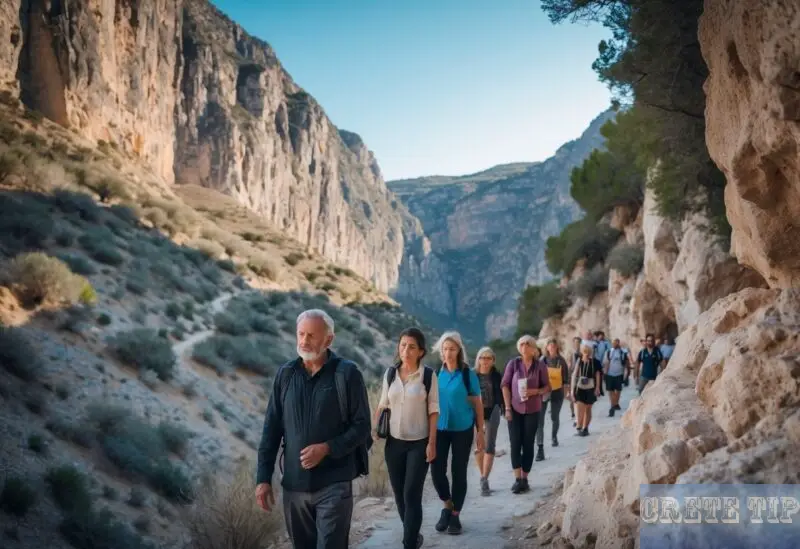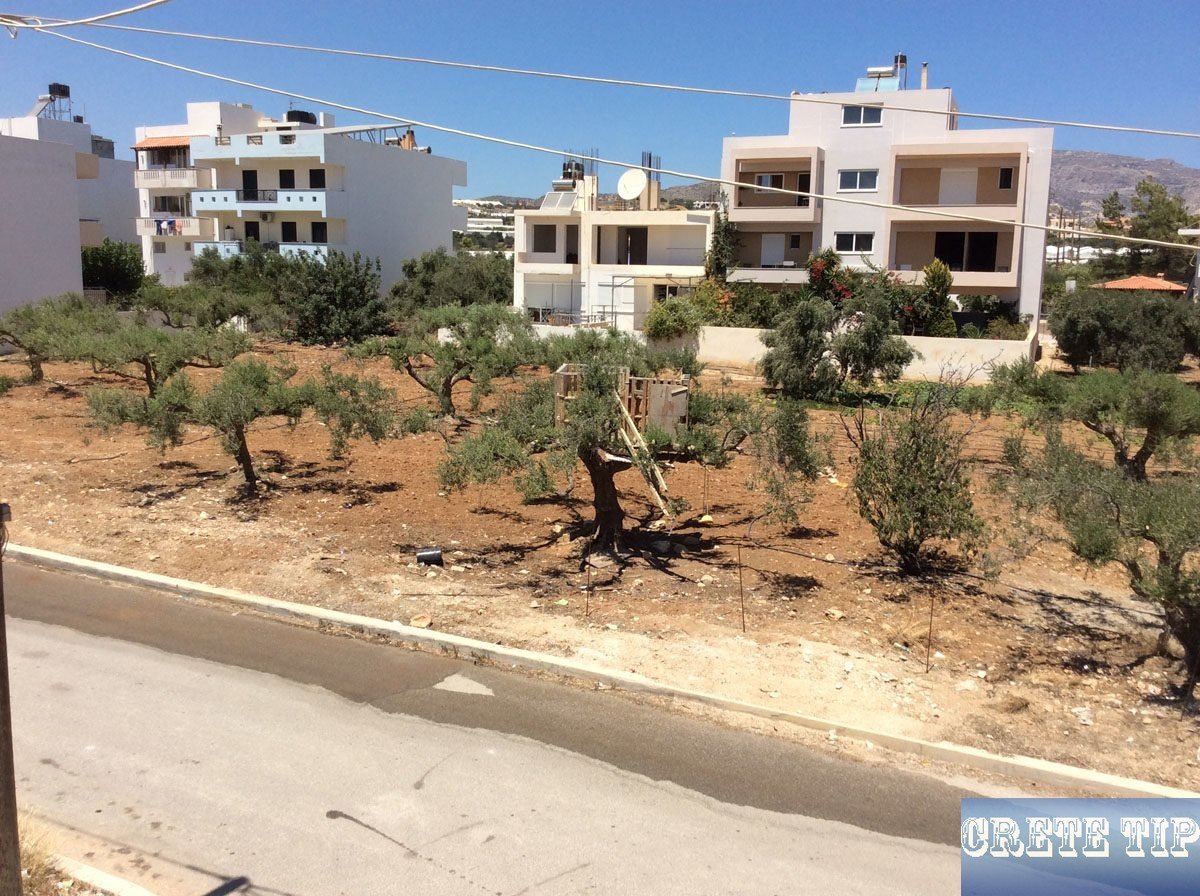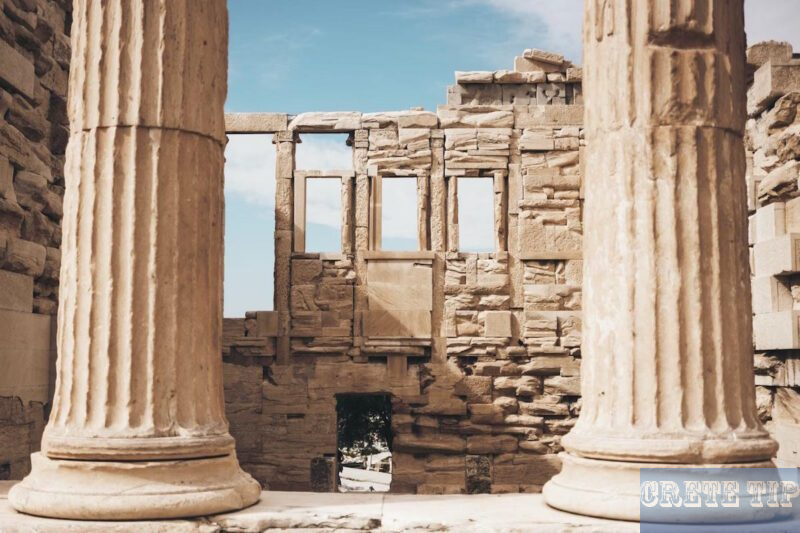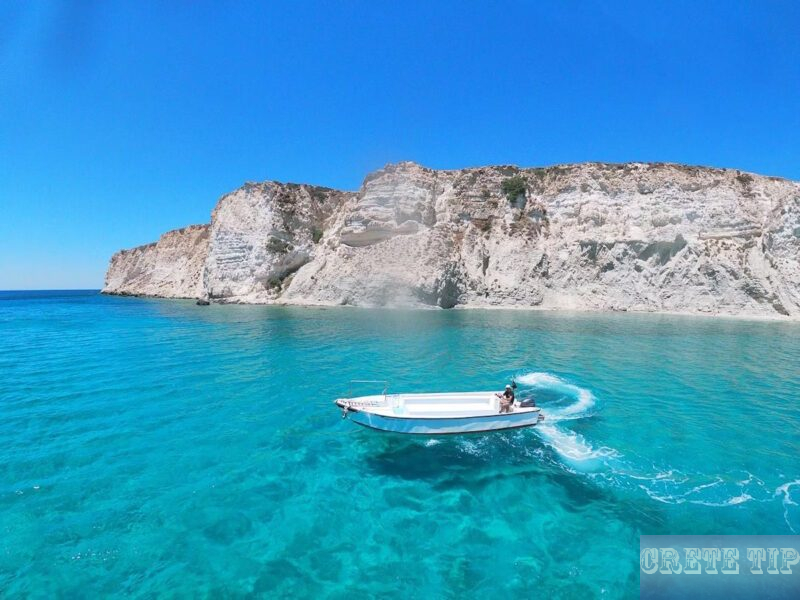German tourist dies of cardiac arrest in Samaria Gorge and two other tourists rescued yesterday alone.
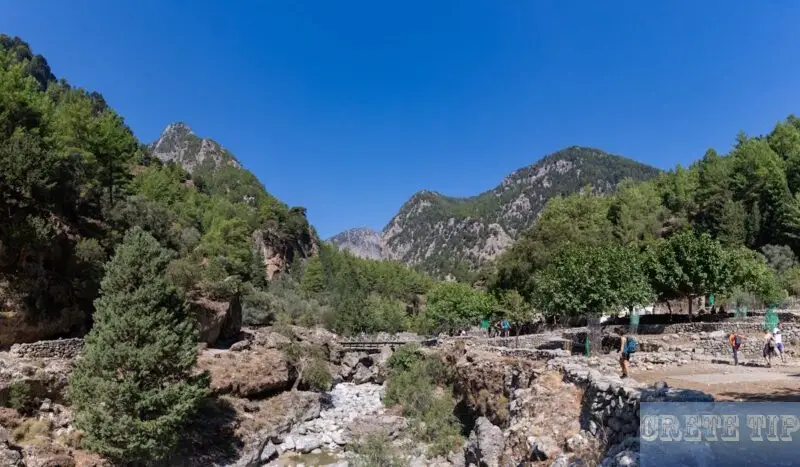
Tragic death of a German tourist in the Samaria Gorge
A 67-year-old German tourist tragically died while hiking in the Samaria Gorge. He suffered a cardiac arrest during the walk and couldn’t be saved, despite efforts to help.
The Samaria Gorge is a really popular spot, famous for its challenging trails and natural beauty. Still, incidents like this one remind us of the risks that come with tough outdoor adventures, especially if someone has hidden health issues.
The incident happened not long after the tourist entered the gorge—just about two kilometers in. He suddenly became unwell and collapsed on the trail.
Emergency services were called in right away. Three fire engines and eleven firefighters pushed into the difficult terrain to reach him.
An ambulance and paramedics also rushed to the spot. The rescue team tried CPR on site, working hard to revive him.
Sadly, he didn’t regain consciousness. He was then transported to the hospital in Chania, where doctors confirmed his death.
The quick response from emergency crews always matters a lot, especially given how remote and tough the location was. This tragic loss really brings home how even the most well-loved hiking routes can be risky.
Key factors related to the incident:
Factor |
Description |
|---|---|
Location |
2 km into the Samaria Gorge trail |
Individual involved |
67-year-old male tourist |
Cause of incident |
Sudden illness leading to cardiac arrest |
Emergency response |
Firefighters (3 vehicles, 11 personnel), ambulance team |
Medical intervention |
CPR performed on site, hospital transfer |
Outcome |
Death confirmed at hospital |
Important aspects about emergency response in rugged areas
- Speed of action: Immediate alarm and fast deployment are critical.
- Team coordination: Firefighters and paramedics must work closely.
- Accessibility challenges: Difficult terrain requires specialised equipment and trained personnel.
- Medical treatments on the spot: Resuscitation techniques are vital before hospital transfer.
- Hospital support: Confirming and managing the patient’s condition once transferred.
Two further fire brigade operations to rescue tourists yesterday
At midday, the fire service in Chania got two rescue calls almost at the same time in the wider Sougia area. One incident involved a 62-year-old German woman hiking with her husband toward the ancient city of Lissos.
She got injured and needed urgent help. Meanwhile, another tourist nearby in the Agia Irini area was reported to be suffering from exhaustion.
The fire brigade sent teams from the Kampanos station, plus a walking group from the 3rd Special Mountain Unit (3rd EMODE), to both scenes. Kind of a logistical headache, honestly.
Key points about the rescue efforts:
Location |
Victim Description |
Cause |
Responding Units |
|---|---|---|---|
Trail to Lissos |
62-year-old German female hiker |
Injury |
Kampanos fire station & 3rd EMODE |
Agia Irini area |
Tourist (gender not specified) |
Exhaustion |
Kampanos fire station & 3rd EMODE |
Both operations needed careful coordination since they happened almost back-to-back in really remote, rocky areas. This was actually the third rescue mission for the fire department just that day—busy times for the crews working in these popular hiking zones.
Teams relied on foot patrols and specialised mountain rescue groups to reach the tourists and get them medical help before evacuation. Quick thinking and solid training definitely made a difference here.
Local authorities keep urging hikers and visitors to prepare properly for these trails, especially in isolated or tricky spots. It’s just not worth risking exhaustion or injury out there.
Frequently Asked Questions
What precautions should hikers follow for safety in Samaria Gorge?
Wear sturdy footwear and bring plenty of water—seriously, don’t skimp on that. Always check the weather before you go, and maybe think twice if it’s stormy. Let someone know your route, stick to marked paths, and a basic first aid kit never hurts.
How can visitors alert authorities in case of an emergency inside the gorge?
If you’ve got a phone signal, call for help. There are also emergency stations at key points along the trail where you can reach rescue teams. When calling, try to share your exact location and what’s wrong—makes things way faster.
What are the latest figures on hiking-related incidents in Samaria Gorge?
Numbers shift, but accidents do happen—usually from sudden weather changes or slips on rough ground. Most are minor, but there have been serious cases and even fatalities. The authorities track these to tweak safety measures, but nature’s always got the last word, doesn’t it?
When is the best period to hike through Samaria Gorge?
The sweet spot is late spring to early autumn, so think May through October. The weather’s warmer and drier, which means less risk of floods or landslides. In winter and early spring, heavy rain can make the route dangerous and sometimes parts are closed off.
What support and services are available for tourists in and around the gorge?
You can find guided tours, transport to and from the trail, and spots to rest or grab food near the entrances. Info centres hand out maps and advice. Emergency medical help is close by in the towns near the gorge—good to know, just in case.
What steps are local officials taking to enhance hiker safety in Samaria Gorge?
Authorities have put up warning signs all along the path. There are also emergency call points if something goes wrong.
Rescue teams patrol the area regularly, especially when the gorge gets crowded. They keep a close eye on weather forecasts and sometimes shut the trail if things look risky.
There’s a push to educate visitors about potential dangers and what you really need to be prepared. Honestly, it’s a work in progress, but they’re trying.


